Resolution 57 is considered a major guideline in encouraging technology and innovation. From the perspective of a UAV inventor, how do you view it?
Dr. Luong Viet Quoc : Unmanned aerial vehicles (UAVs) have been identified as one of six strategic technology sectors and will be prioritized for development in 2025. The Steering Committee for Resolution 57 is also reviewing and summarizing where Vietnam's UAV industry stands compared to the world , and what areas need to be supplemented and invested in to avoid falling behind.
I was recently invited to join a group of experts providing feedback to the Ministry of Science and Technology , chaired by Deputy Minister Vu Hai Quan. What pleased me was that the Ministry genuinely listened to those working in the field. Those directly involved in research, production, and innovation were invited to sit at the same table with the management agency to discuss ways to develop the industry. This is a very welcome change.
I believe that if the entire system – from government agencies and businesses to the press and academics – speaks the truth, honestly, and responsibly, the impact will be enormous. When the voices of society converge on a single point – that achieving world-class status requires innovation, creativity, and open institutions – then policies will have the impetus to move faster and more effectively.

Vietnam started later and is poorer. What strategies do you have to help the science and technology sector break through and reach the forefront of the world?
When discussing the conditions for achieving national prominence, technology development requires three key elements: funding, human resources, and institutional framework.
First, let's talk about money. Vietnam currently invests only 0.42% of its GDP in R&D, while the target is 2%, which is far too little compared to the rest of the world. Israel spends over 6% of its GDP, South Korea 5%, and China 2.68%. We have 3-4 times less money, our people are less experienced, and our institutions are less transparent. So how can we catch up? The answer is through efficient use of resources.
If we use 2% of GDP wisely, we can achieve the same effect as 6% in the West. It's like the Vietnamese cargo bicycles used in the Dien Bien Phu campaign – simple, inexpensive, yet durable – capable of carrying many times heavier loads with unimaginable efficiency.
In terms of personnel, although we still lack leading experts, Vietnamese engineers learn very quickly. In the US, it would be difficult to recruit a group of technology engineers like me. In Vietnam, I managed to recruit 200 people.
Our advantages are our numbers, speed of learning, and creative spirit.
As for institutions, that's the easiest thing to reform. Resolution 66 correctly identified that spirit: "Making institutions a competitive advantage." This means that from a weak position, we must jump to the same level. More open institutions will create conditions for innovative businesses to thrive. A very simple example is the UAV system: why should businesses inspect power lines, or farmers spray pesticides, require such cumbersome permits? Regulatory agencies can refer to the regulations of leading countries to standardize them.
Money takes time, people need training, but institutions only need one decision, one correct sentence, to change.

Dr. Luong Viet Quoc and Mr. Bouchillon, US Military Attaché to Vietnam, at the 2022 Defence Exhibition. Photo: Provided by the interviewee.
When I presented these points to the leaders of the Ministry of Science and Technology, they were very surprised. I had to find a way to explain it visually so they could see the correlation: the same problem, but Vietnamese people using "bicycles" can still reach their destination, as long as the policies aren't restrictive. And in fact, during the process, I realized that this is absolutely true: if left "unhindered," Vietnamese businesses can achieve 80% of the success already.
From my experience, I've formulated a rule: money – human resources – institutions. Of these three, institutions are the fastest lever. If we can reform our institutions, we can reach world-class levels, even with limited resources.
How do you view the position of the UAV industry in Vietnam's current science and technology development strategy?
Most countries consider UAVs a strategic industry due to their dual-use nature – serving both civilian and defense purposes. A device used for surveying, measuring, photographing, and rescue in peacetime can, when needed, be used for reconnaissance or combat in wartime. The technology and platform are the same; only the intended use differs.
The Russia-Ukraine conflict clearly demonstrated this. Major powers raced to develop UAVs. But they also learned a costly lesson: over-reliance on a single country for supplies is a significant risk.
As the world seeks to diversify its supply chains, this is an opportunity for Vietnam to enter the game. If we have products that meet international standards, we can absolutely participate in global supply chains, and even become an alternative source of supply.
Opportunities exist, but what is the most crucial factor in entering the international market, sir?
I have always told the Ministry of Science and Technology that the quality of high-tech products must be geared towards the global market. This means that the product must be used worldwide, not just for display or domestic use.
To achieve this, we need inventions, groundbreaking designs, and products that meet international standards. If we rely solely on domestic protectionism, we will limit ourselves. When foreign goods become cheaper and better, consumers will choose them. Vietnam has signed 17 FTAs, meaning long-term protectionism is no longer a viable option. The only way is to compete based on genuine quality.
The goal of the UAV industry is not just to "manufacture" them, but to sell them to the world. Only when we can sell them in peacetime will we have the capability for self-reliance and be able to defend our country with our own technology in wartime.
But where should Vietnamese technology companies begin to achieve that capability?
The only answer is to have groundbreaking inventions. If we only copy or imitate, we will forever lag behind. South Korea and China both rose to prominence thanks to their own technological breakthroughs – from batteries and new materials to control systems. It is these inventions, not manufacturing capabilities, that create long-term competitive advantage.
Only with inventions can we protect them with patents, giving them their own value and allowing us to price our products. In the industrial value chain, the greatest profits lie in design and invention, not assembly. Companies possessing core technology – even small ones – can still expand globally.
From a policy perspective, is Resolution 57 sufficient to create a generation of Vietnamese inventors, sir?
I think Resolution 57 is on the right track – it provides the "necessary conditions," but not the "sufficient conditions." It outlines the path and clarifies the goals, but to achieve results, long-term investment in people is necessary.
The team of engineers, researchers, and inventors is the decisive factor. To cultivate them, an entire ecosystem is needed: from education and training to incentive mechanisms, experimentation, and risk acceptance. Relying solely on a few short-term programs or movements will not be able to generate genuine capacity.
There must be genuine innovation centers where engineers are allowed to experiment – and make mistakes. There must be mechanisms to encourage failure in research, because only through failure can inventions be created. Good policy is not about being error-free, but about daring to allow experimentation to create something new.
His journey in developing UAVs also started from scratch. What lessons did that experience teach him?
I started almost entirely on my own. The first three years were just an "apprenticeship": buying components, disassembling and reassembling them, and meticulously documenting every detail to understand how they worked. The following three years were the "catching up" phase: I was able to manufacture my first product, some aspects were still rudimentary, but others were superior to the competition.
 Mr. Luong Viet Quoc presents Hera to Dutch Army officers at SOFIC in 2022. Photo: Provided by the subject.
Mr. Luong Viet Quoc presents Hera to Dutch Army officers at SOFIC in 2022. Photo: Provided by the subject.
When I had accumulated enough knowledge, I realized that there were problems the world hadn't solved yet, but Vietnamese people could find their own ways to solve them. That was the moment of transition from "learning" to "inventing." And invention is the highest measure of creativity.
Frankly, you can't "skip steps" in science. China also took more than ten years to achieve a breakthrough. Since 2010, they've identified 10 strategic sectors, including UAVs, electric vehicles, AI, and new materials. At that time, Tesla had a near-monopoly on electric vehicles, but China was determined to succeed. And they did. They invested long-term, chose the right people, the right tasks, and the right direction – and that's how they succeeded.
I believe Vietnamese people can do it too. We have intelligence, the ability to learn quickly, and unwavering determination. With sufficiently good policies and the freedom to "work as we please," we will create true miracles.
But the technology industry environment in Vietnam still has many barriers, right?
That's absolutely right. In the US, if I need to import a new component for research, it only takes me a few hours. In Vietnam, it takes me a week, even several weeks…
But the reason I still choose to work in Vietnam is the people. Vietnamese engineers are skilled, creative, and very hardworking. If a company in the US has 80 skilled engineers, it costs at least $3-5 million USD per month in salaries, while in Vietnam, the same number of people would cost several billion dong. We rent a small workshop in an alley, no private meeting room, sit on plastic chairs, and dedicate all our money to R&D. As a result, our efficiency is many times higher.
If we operated in the US, my company would have to spend $300 million instead of the current $15 million. In fact, Vietnamese people achieve "optimal" productivity dozens of times greater, simply through frugality, resourcefulness, and a desire for innovation.
For science-based businesses, in your opinion, is money or institutions more important?
At the corporate level, a lack of funds is a constant challenge, but it can be managed. At the national level, institutions are the decisive factor.
A transparent institutional framework will naturally attract investors and private funds. Good institutions also determine the effectiveness of the budget. With the same 2% of GDP invested in R&D, if the mechanism is transparent and the right people are selected for the right projects, the effectiveness can be equivalent to 6-8%. Conversely, if the mechanism is stagnant, that 2% might only be worth 1%.
Institutions are the fastest-changing things. Just one right decision can transform an entire system. And that is the spirit of Resolution 66: "Making institutions a national competitive advantage."
So what kind of institutional framework is in place for Vietnamese UAVs, sir?
Look at the world. In the US, UAVs are allowed to fly within 5 miles of airports, below 125 meters, and outside populated areas without requiring permission. A country that prioritizes safety as much as the US still allows space for innovation because they understand that excessive restrictions will kill innovation.
For Vietnam, just small changes – easing restrictions on businesses to experiment, creating a sandbox mechanism – can open a huge door. The easiest way to develop new technologies is to eliminate unnecessary procedures.
The recent floods in the northern provinces are a case in point. When UAVs were deployed to assist in rescue efforts, their video recording and data transmission helped rescue forces quickly identify flooded areas and trapped people. If the system allows for more flexible use, UAVs will not only be technological products but also tools serving the community.
Many are concerned that if the government allocates funds to the wrong places, the R&D support policies could be wasted. What approach do you think would be most effective?
I think there are two ways.
One approach is based on inputs, i.e., quantitative indicators: the number of R&D engineers, research spending, the number of registered patents, etc. This helps identify businesses that are making serious investments and are suitable for Vietnam in the early stages – when R&D spending is only about 0.42% of GDP.
Secondly, it's based on output, that is, market standards. Anyone who develops UAVs or strategic technologies and sells them to the US, Europe, or Japan – the most demanding markets – can be considered to have their capabilities validated by a "global judge." They should receive strong support. Businesses that remain confined to their local market and whose products don't meet standards should receive less support. The global market is the fairest measure.
Can you share more details about the UAV factory project that Real-time Robotics is building?
We are developing a UAV manufacturing plant in the Ho Chi Minh City High-Tech Park, covering an area of over 9,000 m². This will be a place for both manufacturing and testing new UAV models, both civilian and dual-purpose. I believe that within the next three years, Real-time Robotics will be among the most innovative UAV companies in the world outside of China, especially in the US and European markets.
If the policies are on the right track – choosing the right people, the right money, the right institutions – Vietnam can absolutely create a new technological miracle. Not only can it catch up with the world, but it can also create a new industry where Vietnamese intelligence can be affirmed.
Which of his inventions is he most proud of?
Around the world, gimbals – devices used to stabilize video during filming – are typically designed for horizontal rotation; vertical rotation is limited due to the swivel joint structure.
I was inspired by the gecko's eyes – which can rotate 360 degrees – to design a camera system with twice the field of view of the world. It can rotate upwards, look vertically, scan the entire area, and is especially useful in rescue operations. While international equipment takes 60 minutes to scan an area, our product only needs 30 minutes.
Three weeks ago, I introduced this system to a group of young engineers who had just graduated from Ho Chi Minh City University of Technology. They work for major companies like General Atomics and Tomahawk Robotics (USA). When they saw our invention, they were truly surprised. I told them, "We achieved this with only $15 million, while many companies in the US spend up to $700 million without achieving a similar breakthrough."
Vietnamese people are resourceful, thrifty, and most importantly, not afraid of difficulties. When all the money is invested in creativity, efficiency will naturally follow.
Could you share more about the UAV factory project that Real-time Robotics is building and your vision for this product in a few years?
We are developing a UAV manufacturing plant in the Ho Chi Minh City High-Tech Park, covering an area of over 9,000 m². This will be a place for both manufacturing and testing new UAV models, both civilian and dual-purpose. I believe that within the next three years, Real-time Robotics will be among the most innovative UAV companies in the world outside of China, especially in the US and European markets.
If the policies are on the right track – choosing the right people, the right money, the right institutions – Vietnam can absolutely create a new technological miracle. Not only can it catch up with the world, but it can also create a new industry where Vietnamese intelligence can be affirmed.
Dr. Luong Viet Quoc is an engineer and PhD graduate from the United States, with many years of experience working in robotics and automation in Silicon Valley. Instead of staying in a modern research environment with high income, he chose a different path – returning to Vietnam to start a business in the high-tech field. He founded Real-time Robotics Joint Stock Company (RtR) with the goal of manufacturing unmanned aerial vehicles (UAVs) under a Vietnamese brand, serving both civilian and dual-use purposes. Under his leadership, RtR became the first Vietnamese enterprise to export UAVs to the US and sell them to the US military, and is currently building an international-scale UAV manufacturing plant in the Ho Chi Minh City High-Tech Park – a pioneering step for Vietnam's robotics industry. Starting as a young engineer passionate about invention, Dr. Luong Viet Quoc is considered a pioneer of the "made in Vietnam" UAV industry. From his initial hand-drawn sketches to patented products registered in the US, he has demonstrated the creative capabilities of Vietnamese people in core technologies. Under his leadership, Real-time Robotics is not only focused on UAV production but is also aiming to become a global technology company where Vietnamese intelligence can compete on equal footing with the world. Vietnamnet.vn Source: https://vietnamnet.vn/ceo-luong-viet-quoc-nguoi-viet-co-the-tao-ra-uav-canh-tranh-toan-cau-2456883.html |


![[Image] Leaked images ahead of the 2025 Community Action Awards gala.](/_next/image?url=https%3A%2F%2Fvphoto.vietnam.vn%2Fthumb%2F1200x675%2Fvietnam%2Fresource%2FIMAGE%2F2025%2F12%2F16%2F1765882828720_ndo_br_thiet-ke-chua-co-ten-45-png.webp&w=3840&q=75)

![[Live] 2025 Community Action Awards Gala](/_next/image?url=https%3A%2F%2Fvphoto.vietnam.vn%2Fthumb%2F1200x675%2Fvietnam%2Fresource%2FIMAGE%2F2025%2F12%2F16%2F1765899631650_ndo_tr_z7334013144784-9f9fe10a6d63584c85aff40f2957c250-jpg.webp&w=3840&q=75)
![[Photo] Prime Minister Pham Minh Chinh receives Lao Minister of Education and Sports Thongsalith Mangnormek](/_next/image?url=https%3A%2F%2Fvphoto.vietnam.vn%2Fthumb%2F1200x675%2Fvietnam%2Fresource%2FIMAGE%2F2025%2F12%2F16%2F1765876834721_dsc-7519-jpg.webp&w=3840&q=75)
![[Photo] Prime Minister Pham Minh Chinh receives the Governor of Tochigi Province (Japan)](/_next/image?url=https%3A%2F%2Fvphoto.vietnam.vn%2Fthumb%2F1200x675%2Fvietnam%2Fresource%2FIMAGE%2F2025%2F12%2F16%2F1765892133176_dsc-8082-6425-jpg.webp&w=3840&q=75)





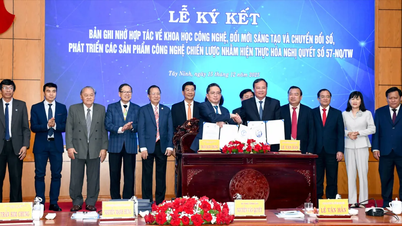





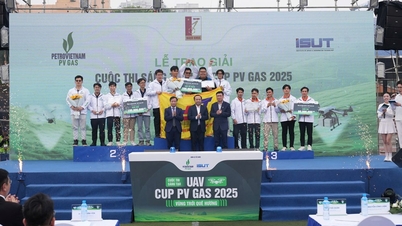










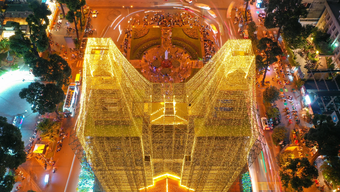













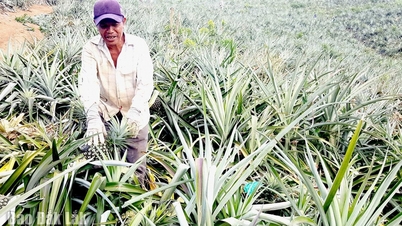


























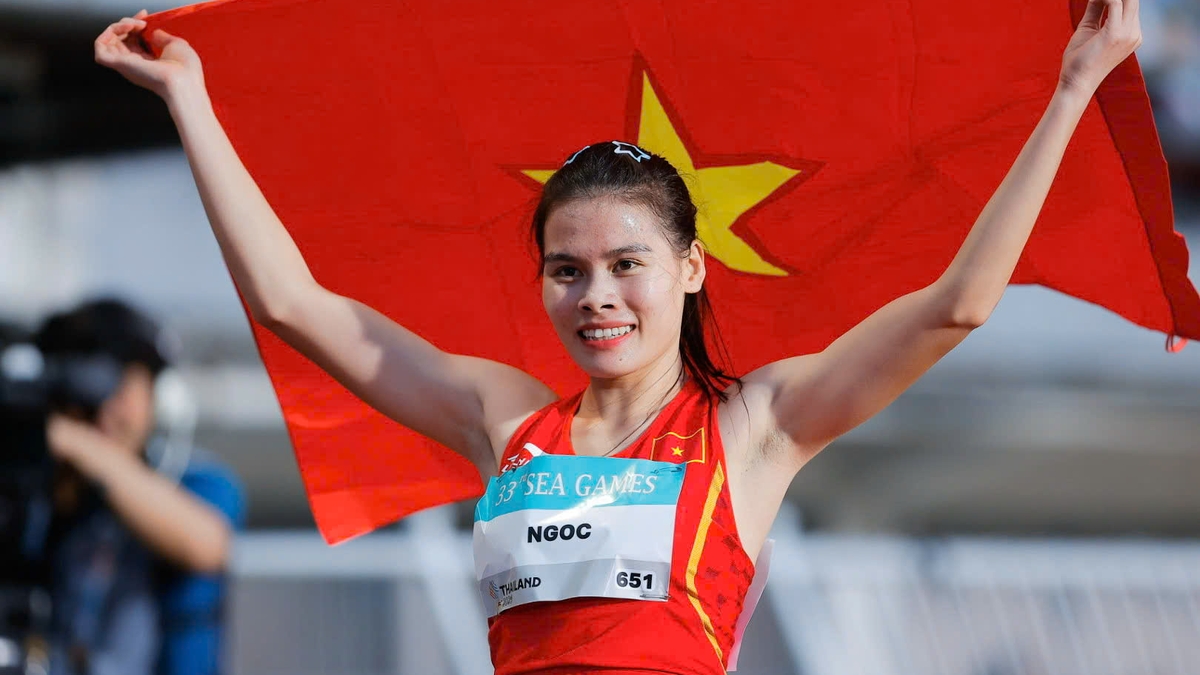




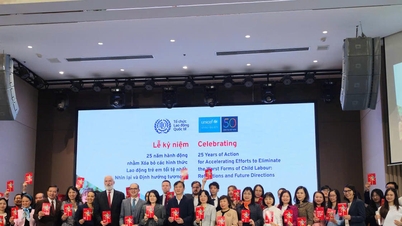
































Comment (0)